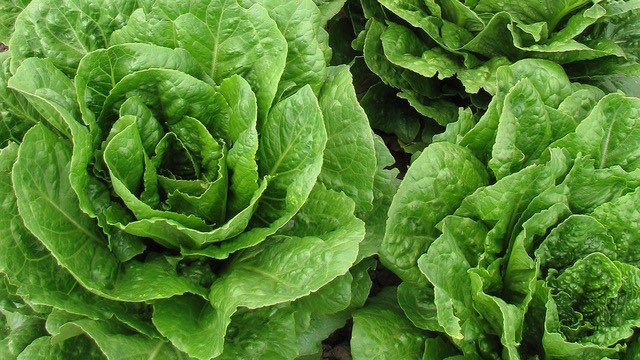
Amid outbreak, lettuce growers agree to label where romaine is grown.
Romaine lettuce that is now headed to grocery stores and restaurants should be safe to eat, the Food and Drug Administration announced Monday.
A few days before Thanksgiving, the Centers for Disease Control and Prevention and the FDA warned that no one in the United States should eat romaine lettuce because of an E. coli outbreak. The warning also said retailers and restaurants should not sell or serve romaine lettuce.
The outbreak resulted in 43 people becoming ill in 12 states, an FDA news release said. Sixteen people had to be hospitalized. No deaths were reported. The last reported illness began on Oct. 31.
The Public Health Agency of Canada said 22 people have been infected with E. coli there. The Canadian agency was working with the CDC and the FDA to track the source of the outbreak.
In its statement Monday, the FDA said calling for all romaine lettuce to be taken off the market was the fastest way to ensure no contaminated lettuce remained.
The investigation continued over the Thanksgiving holiday, and the FDA determined the contaminated romaine lettuce came from the Central Coast regions of central and northern California that grow romaine over the summer months. The outbreak appeared to be related to “end of season” romaine lettuce harvested from these areas.
The FDA said investigators are still working to identify specific locations that are the likely source of the outbreak and to determine how the lettuce became contaminated.
New romaine lettuce will be coming from winter growing regions now, the FDA said. Those areas include the Imperial Valley region of California, the desert region of Arizona in and around Yuma, and Florida. Mexico also exports romaine to the U.S. during the winter months.
The FDA said members of the leafy greens industry have agreed to label romaine lettuce with where it was grown and when it was harvested. Health officials could use the labels to pinpoint the source of future outbreaks.
Earlier this year, a similar E. coli outbreak infected 210 people. Ninety-six had to be hospitalized, and five people died, according to the CDC.
The CDC said the lettuce, which was grown in Yuma, Arizona, was contaminated by an infected water source. It did not pinpoint how the E. coli got into the water. Two irrigation canals there pass by a large feedlot in Wellington, Arizona, Politico also reported. That outbreak is not connected to the current problem.
The industry created a task force after the Yuma outbreak and changed growing practices, which included putting more distance between animal feedlots and leafy greens crops.
The symptoms of E. coli infections often include severe stomach cramps and bloody diarrhea, and a low-grade fever. Most people get better within five to seven days. Some infections are mild, but others are severe or even life-threatening.













